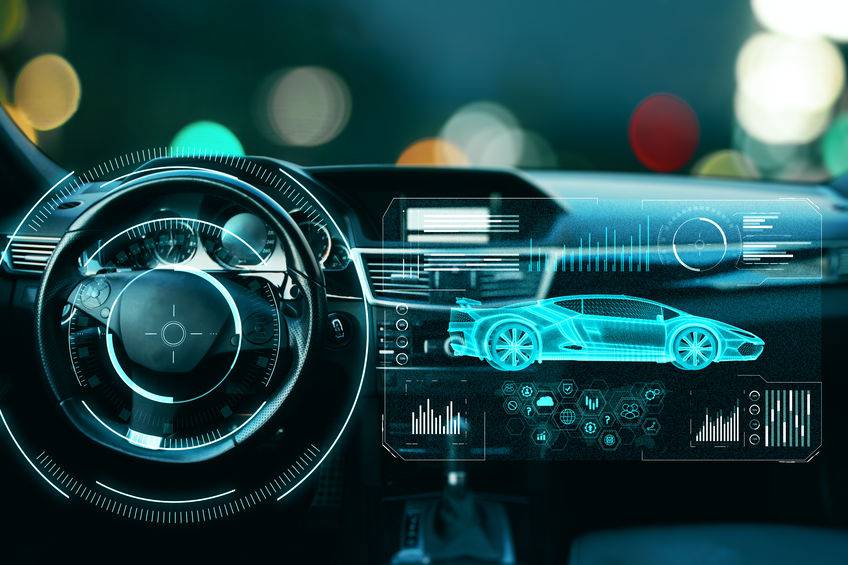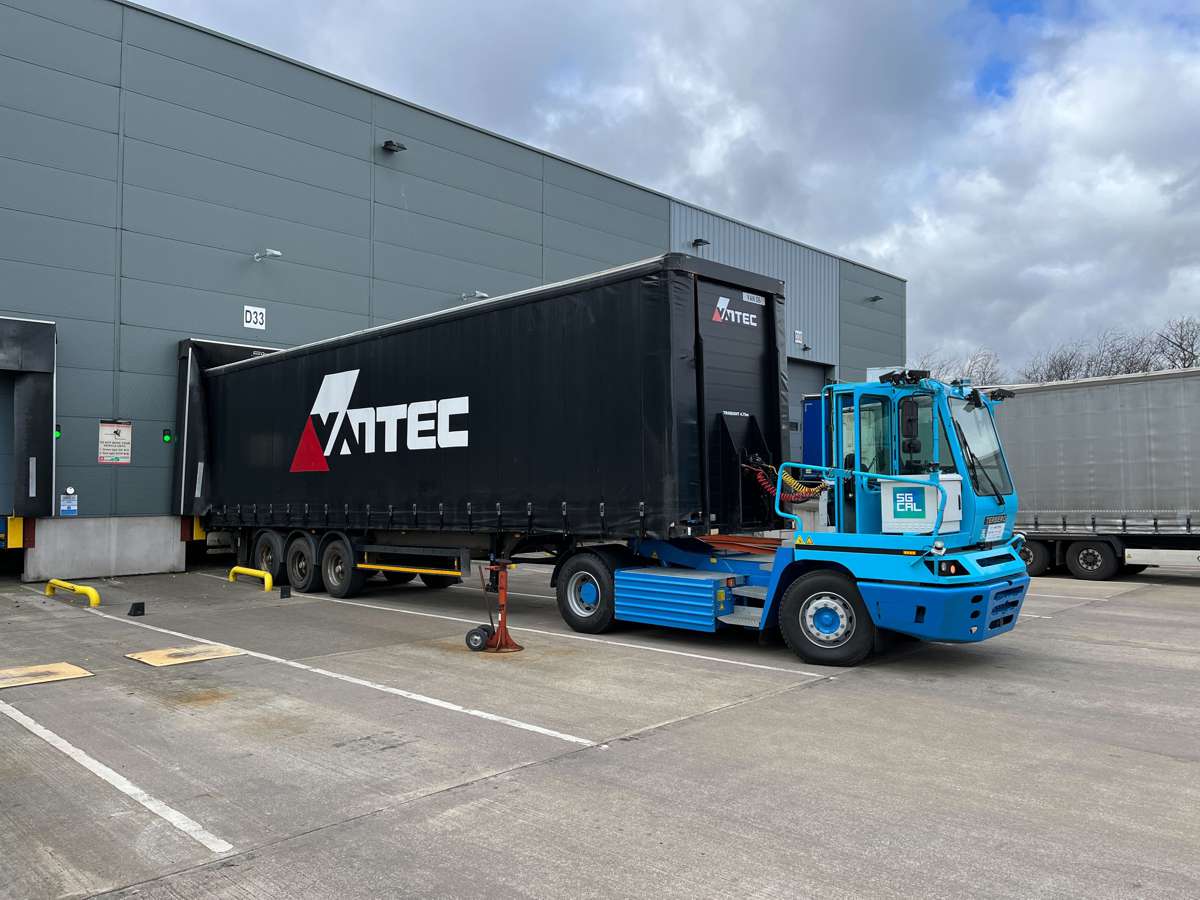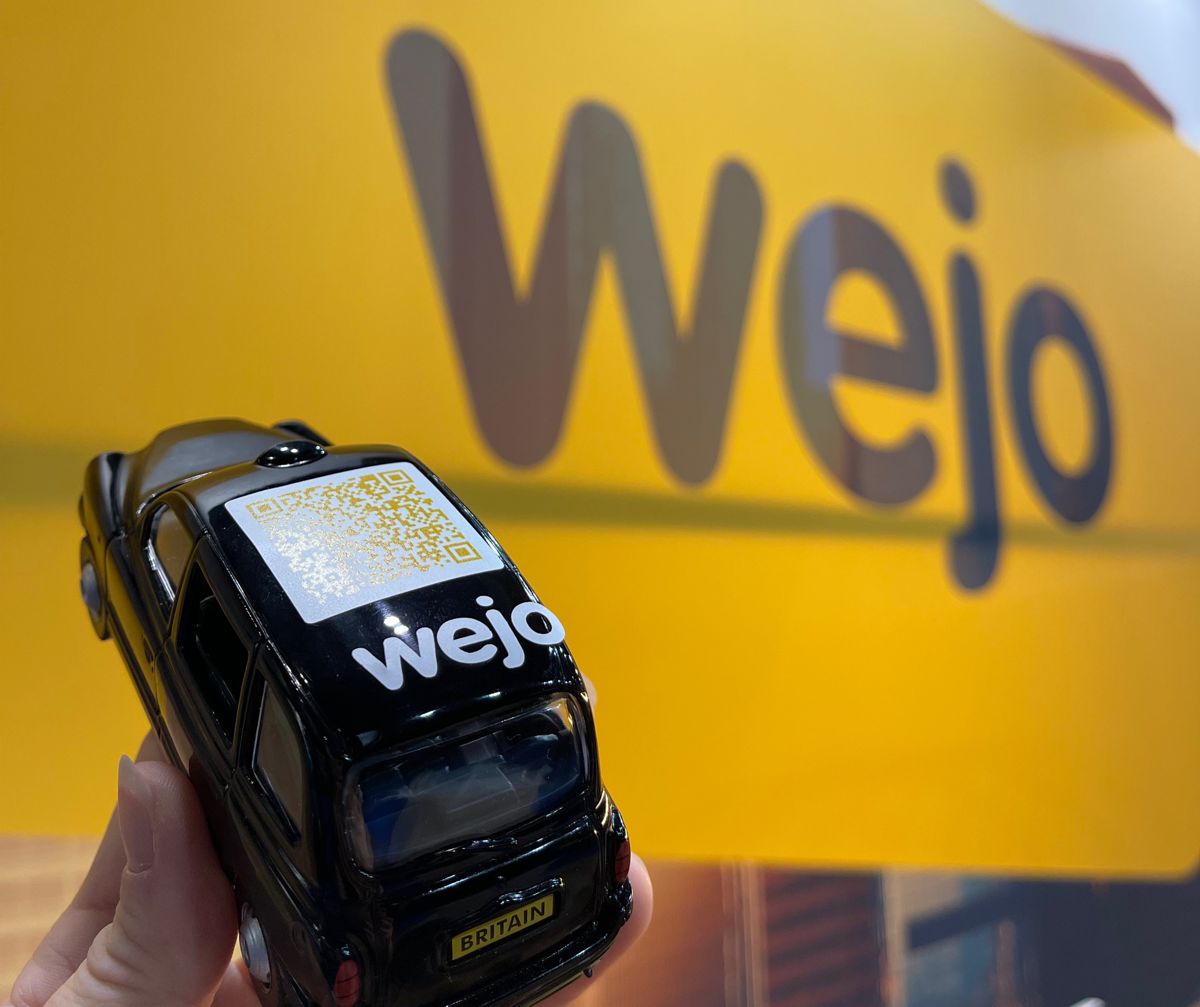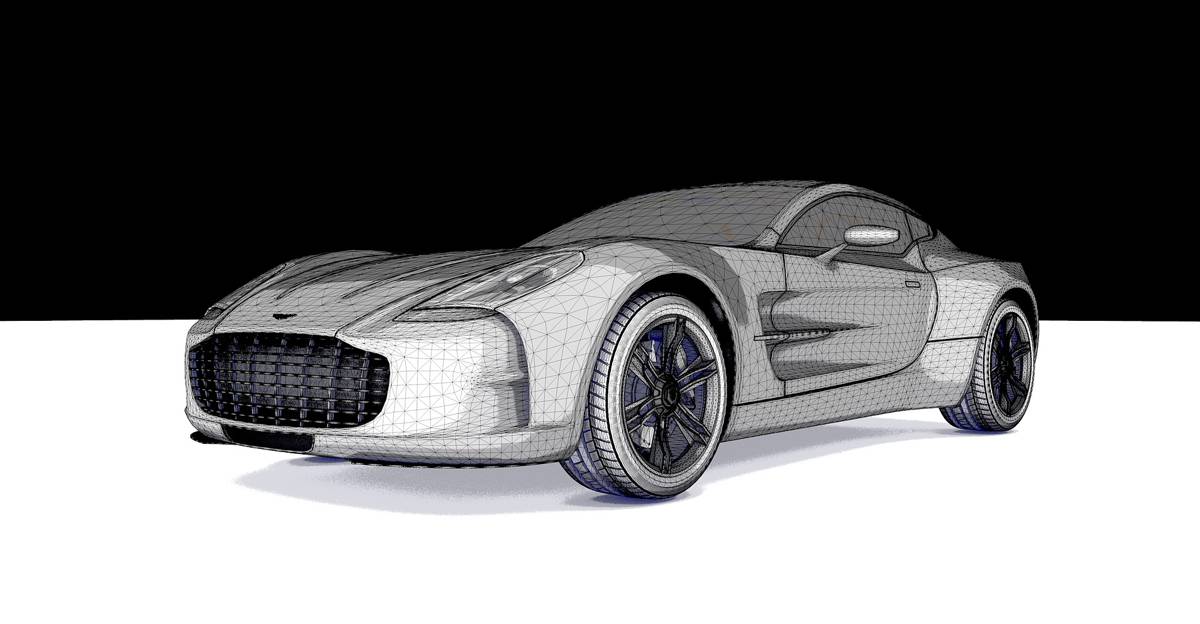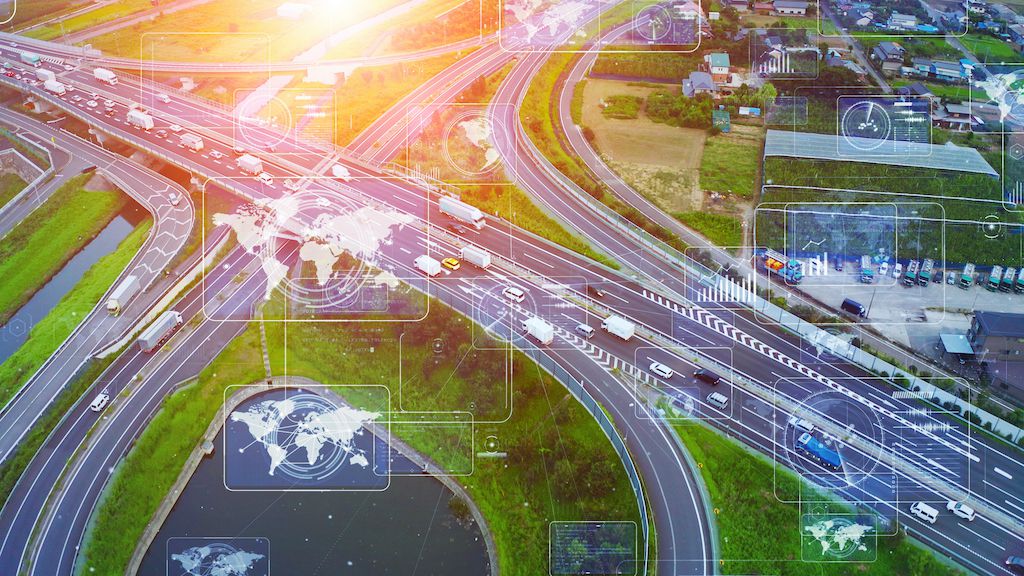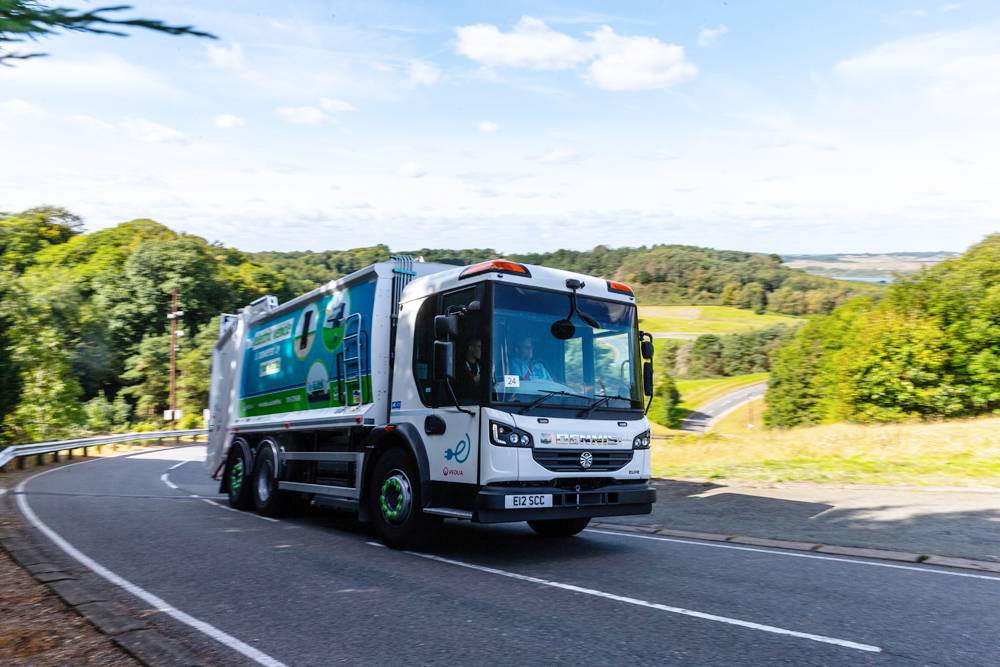The 3 key traits of a Connected Vehicle
The connectivity revolution is disrupting industries across the board, and the automotive industry is no exception.
From vehicular navigation systems that alert drivers to congested traffic and offer alternative routes to vehicles that communicate with their environment and even feel the road, connected technologies are paving the way toward a safer, more seamless driving experience.
Amid accelerating advances in automotive technology, here’s a look at three key innovations driving the industry forward.
Navigation Systems
In-vehicle navigation systems are hardly a recent development. In fact, the first such system, developed by Honda and released in 1981, pre-dated GPS technology by 14 years.
But in the era of GPS, IoT, and artificial intelligence, the navigation systems of 2021 offer a range of capabilities that drivers 40 years ago could only have dreamed of.
Take the 54 hours the typical commuter spends stuck in traffic each year. What if navigation systems could plan drivers’ routes so they could avoid bottlenecks? Such systems are already a reality for many drivers of connected cars, thanks to platforms like TomTom that collect floating car data (FCD) to optimize each driver’s journey.
These systems can integrate a wide range of information – such as whether there’s a concert or other major event along the way to a vehicle’s destination – and harness algorithms to help mitigate the impact of these slowdowns. What’s more, local traffic management centres can access data generated by these platforms so they can implement more effective de-congestion plans – a benefit that underscores how not only individual drivers but the entire mobility ecosystem can benefit from FCD-based technology.
C-V2X: Cellular Vehicle-to-Everything
A truly intelligent mobility ecosystem requires more than just vehicles outfitted with smart infotainment features, cybersecurity protection, and systems like ADAS. Not only do all the systems within a car need to communicate efficiently with each other to ensure maximum performance, but the vehicle itself must be able to communicate with other vehicles and its environmental surroundings.
C-V2X enables just that, facilitating inter-vehicle communications and linking connected cars to infrastructure like traffic lights – a free flow of data that can help improve traffic safety, combat congestion, and alert drivers to potential hazards that even some sophisticated vehicle sensors wouldn’t detect quickly enough.
Ford has begun testing the technology in China ahead of plans to deploy C-V2X in its U.S. vehicles starting in 2022.
Meanwhile, the Atlanta suburb of Peachtree Corners, Georgia recently launched a “vehicle-to-everything” pilot project with Qualcomm Technologies and Jacobs. Starting with two city vehicles, the initiative will allow the cars to communicate directly with pedestrians, roadside units, traffic lights, and other local transportation infrastructure. The project is a key element of the city’s preparation for an autonomous shuttle project set to begin this fall.
Tactile Data
Cars already generate a plethora of data, but connected vehicles can go even further and collect tactile data, enabling vehicles to “feel” the road. Using signal-processing technology and advanced machine learning algorithms, the vehicle’s physical sensors are utilized to create new “virtual” ones, tactile sensors, that generate data from the dynamics between the vehicle and the road.
With the power of tactile sensors, vehicles can collect valuable information on road conditions – including pavement surface quality, slipperiness, distresses, and more – which can then be used by other connected cars to pre-adjust vehicle behaviour according to the physical condition of the road and car.
Additionally, tactile data can generate actionable insights for road authorities and municipalities to get a comprehensive look at local road conditions and effectively address all infrastructure issues according to their severity and risk.
This is only the beginning of the journey toward the future of connected vehicles. As more carmakers, technology companies, and public authorities innovate, pilot, and deploy cutting-edge solutions, they will transform both the driving experience and the entire mobility ecosystem.
Article by Yagil Tzur, VP Products, Tactile Mobility.





